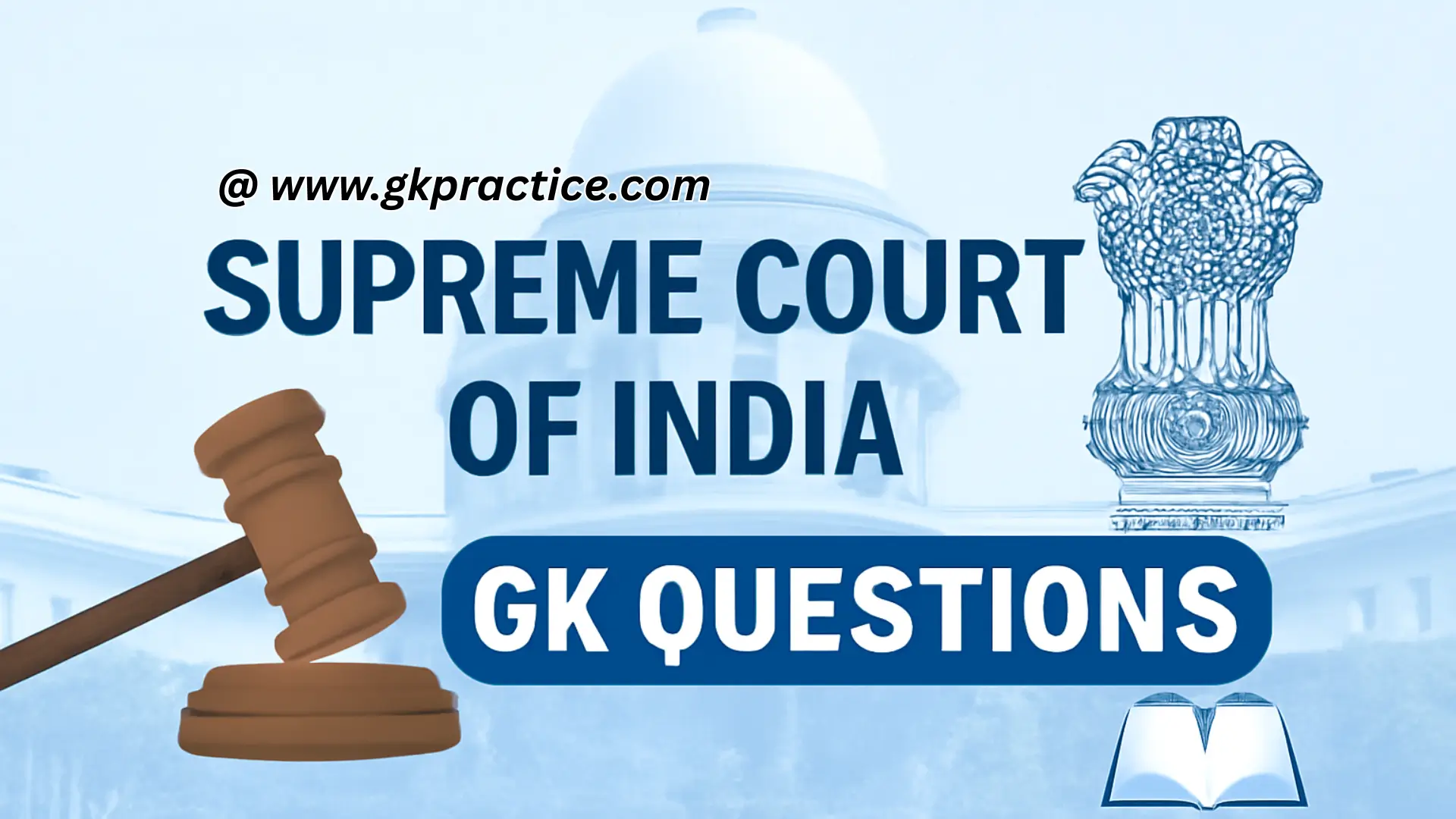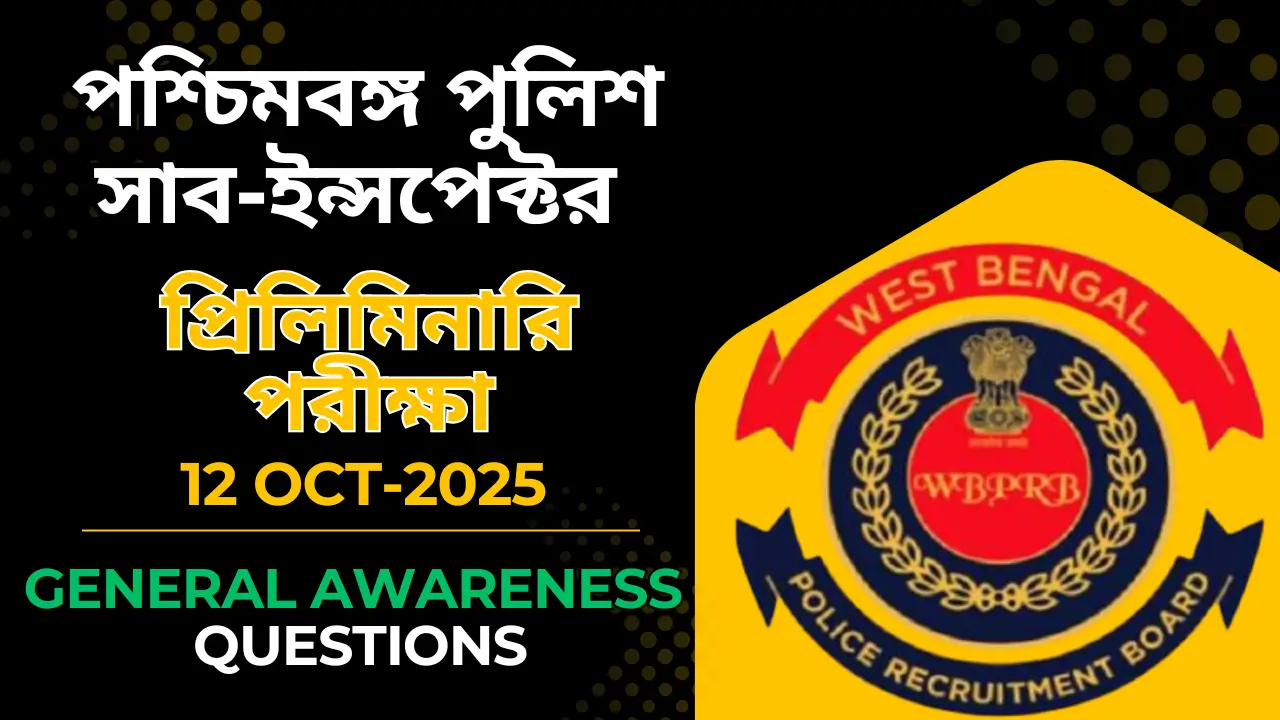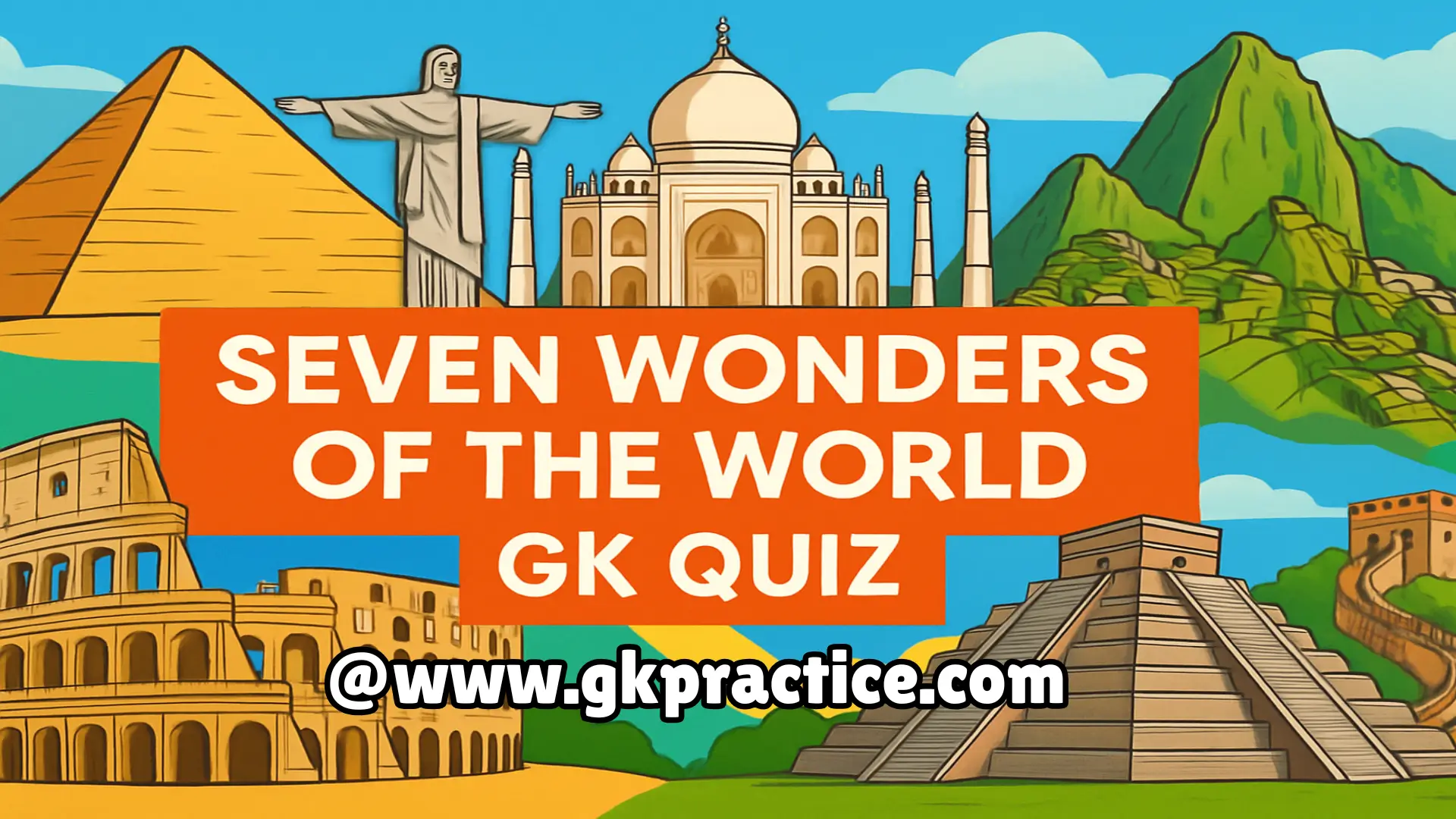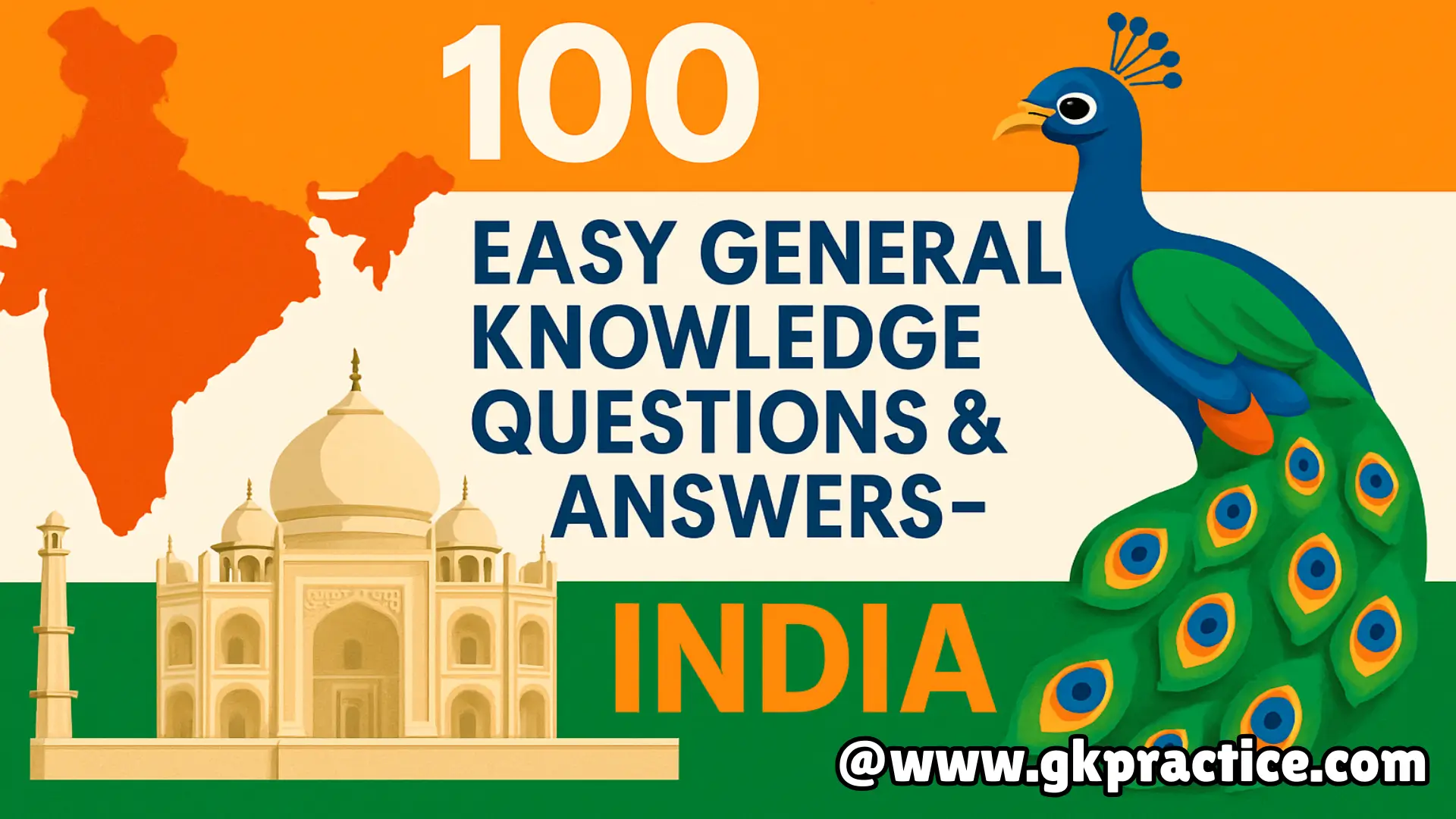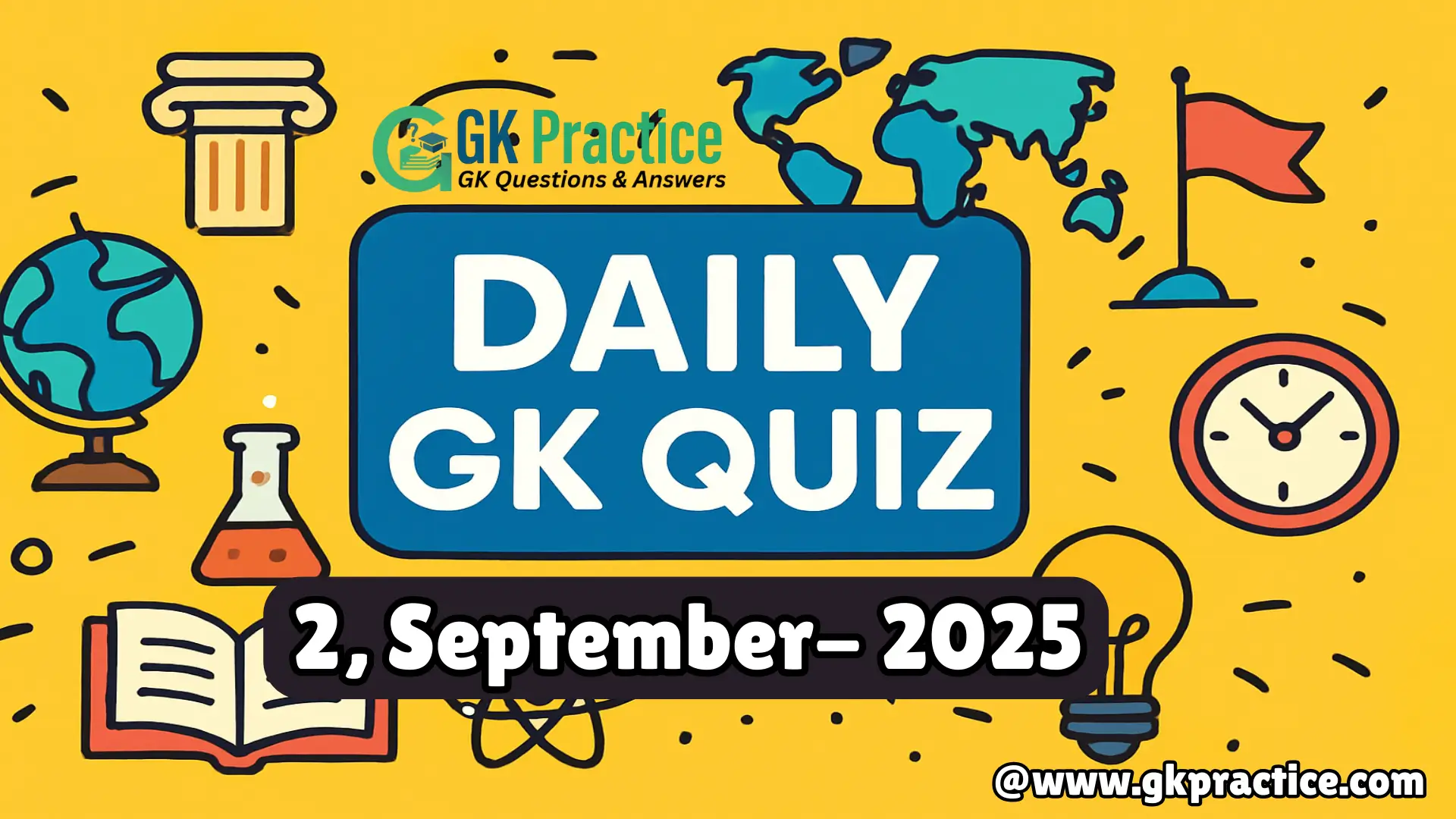11) Who appoints the judges of the Supreme Court?
A) Prime Minister
B) President
C) Chief Justice of India
D) Parliament
Explanation: The President appoints judges of the Supreme Court in consultation with the Chief Justice of India and senior judges.
12) Which Article makes Supreme Court the guardian of Fundamental Rights?
A) Article 32
B) Article 136
C) Article 141
D) Article 145
Explanation: Article 32 gives individuals the right to approach the Supreme Court directly for protection of Fundamental Rights.
13) The Supreme Court of India is located at?
A) Mumbai
B) New Delhi
C) Kolkata
D) Chennai
Explanation: The Supreme Court is situated in New Delhi near Tilak Marg, functioning as the apex judicial body.
14) Which is the only authority that can increase the number of Supreme Court judges?
A) Supreme Court itself
B) Parliament of India
C) President of India
D) Prime Minister
Explanation: Parliament can increase the number of judges by amending the Supreme Court (Number of Judges) Act.
15) Which case introduced the concept of ‘Basic Structure’ doctrine?
A) Golaknath v. State of Punjab
B) Kesavananda Bharati v. State of Kerala
C) Minerva Mills v. Union of India
D) Indira Gandhi v. Raj Narain
Explanation: The Kesavananda Bharati case (1973) established that Parliament cannot alter the Constitution’s basic structure.
16) Who was the first woman judge of the Supreme Court of India?
A) Ruma Pal
B) Sujata Manohar
C) Fathima Beevi
D) Indu Malhotra
Explanation: Justice M. Fathima Beevi was the first woman judge appointed to the Supreme Court in 1989.
17) Which Article declares that the law laid down by the Supreme Court is binding on all courts in India?
A) Article 141
B) Article 142
C) Article 143
D) Article 144
Explanation: Article 141 states that the law declared by the Supreme Court shall be binding on all courts in India.
18) Which Article empowers the Supreme Court to do complete justice in any matter?
A) Article 131
B) Article 136
C) Article 142
D) Article 144
Explanation: Article 142 allows the Supreme Court to pass decrees or orders necessary for doing complete justice.
19) Which case is popularly known as the ‘Election Case’?
A) Kesavananda Bharati case
B) Indira Gandhi v. Raj Narain
C) Maneka Gandhi case
D) S.R. Bommai case
Explanation: Indira Gandhi v. Raj Narain (1975) dealt with the validity of the Prime Minister’s election and is called the ‘Election Case’.
20) How many judges were there in the original Supreme Court in 1950 (including CJI)?
A) 7
B) 8
C) 9
D) 10
Explanation: The Supreme Court originally had 8 judges (1 Chief Justice and 7 puisne judges) in 1950.
Final Words on Supreme Court of India GK Questions
Mastering the Supreme Court of India GK Questions is a must for aspirants preparing for competitive exams. By revising these questions regularly, you will not only improve your accuracy but also gain confidence during the test. Keep practicing, stay consistent, and success in govt exams will be closer than ever.
👉 Watch our detailed explanation video on YouTube here: Watch on YouTube
👉 Explore more useful posts for your preparation:

